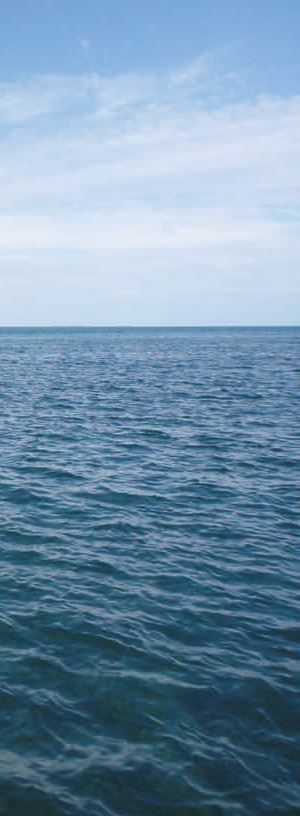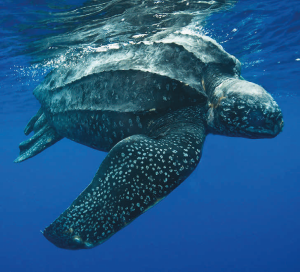Leatherback Turtle
Leatherback turtle
Dermochelys coriacea
Description
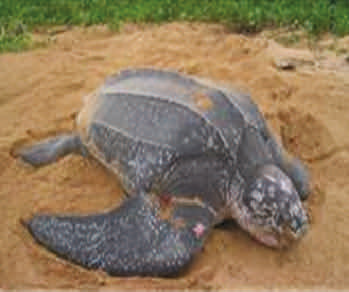
| Length 100-200cm |
Weight 300-800kg |
Lifespan Unknown |
The leatherback turtle is the largest species of sea turtle. It is named for its unusual shell which also has a distinctive shape. While other marine turtles have a carapace (upper shell) made of flattened bones, the leatherback’s tapering carapace is made of small bones embedded in tough, rubbery skin. This carapace has ridges running lengthwise to a pointy posterior
Diet and habitat
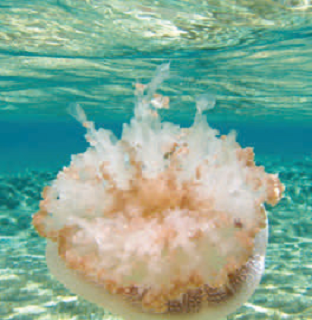
Leatherbacks forage along coastlines and in the open sea for jellyfish and soft-bodied invertebrates. Adults can dive below 1000m and hold their breath for 70 minutes but typical dives are 3 to 8 minutes. Unlike other reptiles, leatherbacks are able to generate heat to maintain their body temperature. Studies have shown this is done through muscular activity.
Breeding
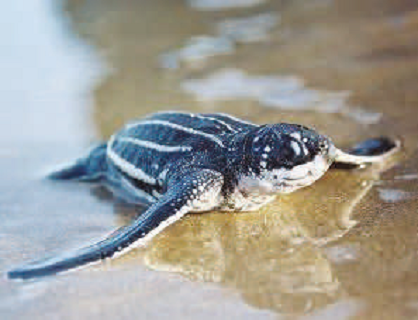
| Maturity 15-25years |
No. eggs 80 |
Incubation 60-70days |
Although leatherback turtles breed in the tropics there are no major breeding colonies in Australia. Most turtles living in Australian waters migrate to breed around Indonesia, Malaysia and Papua New Guinea. The few females that nest in Australia do so every 2–4 years between December and January.
Distribution
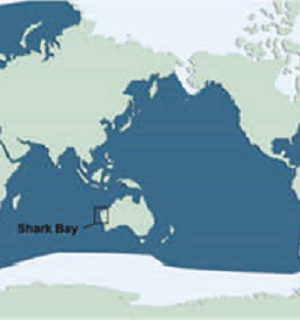
Leatherback turtles have the widest distribution of sea turtles. They are found from the Arctic Circle to south of New Zealand. Three genetically distinct subpopulations are known in the Atlantic, eastern Pacific and western Pacific oceans. An Indian Ocean subpopulation is also thought to exist. Leatherbacks are rare visitors to Shark Bay.
Status

According to IUCN this species is globally vulnerable. However, Pacific and Southwest Atlantic subopulations are critically endangered due to egg harvesting and fisheries bycatch.
Fact sheet
SHARK BAY
World Heritage
